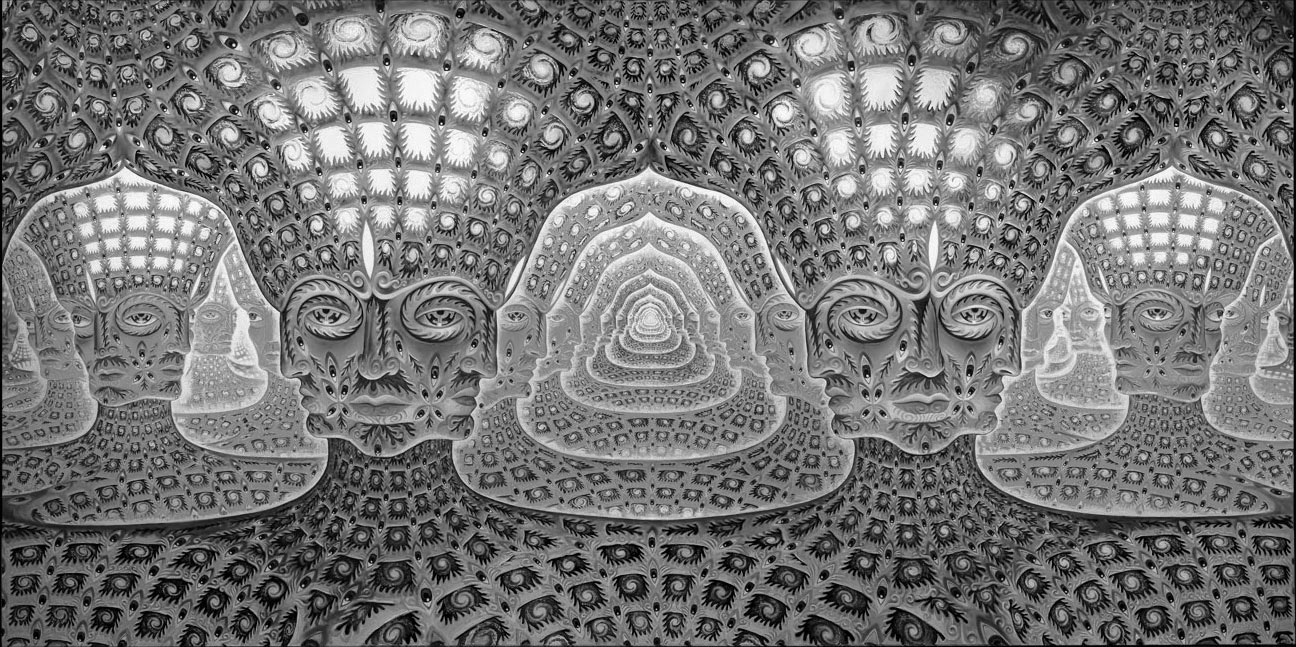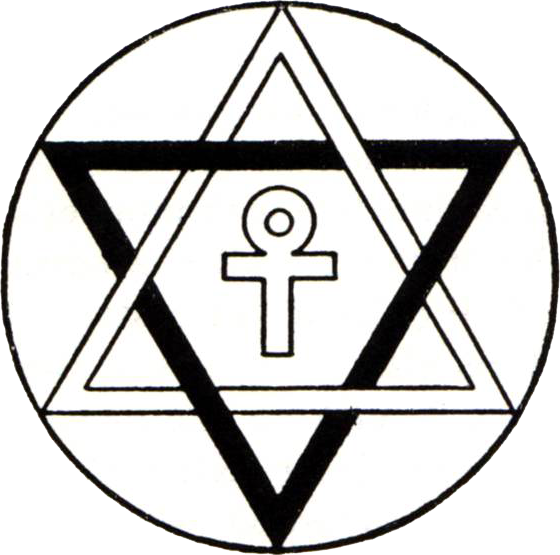
The Yoga Matrix
Questions and answers on The Yoga Matrix by Richard Freeman.
What is a traditional metaphor for the body? Richard uses a lot of images and metaphors in this part – which works for you and why?
I find the metaphor of the body as a lump of dough to be evocative: the process of kneading, squeezing, stretching, dividing and recombining to produce the “juice”. The metaphor seems to convey something about the physicality and sensuality of the process – taking something that is initially shapeless and far from its potential as a beautiful loaf of bread – and actually appreciating the process of working it. It reminds me that the process can be enjoyable, even with its stickiness and resistance… that it’s actually yummy to dig in and push, spread, squeeze, then roll it all back into a nondescript ball and begin again.
What is the Greek word for the body?
The Greek word for the body is soma, from which we derive our word somatic. Richard Freeman didn’t go into it, but I wonder what influence Sanskrit had on the evolution of the Greek language, and if the Greek word has a root in the Sanskrit idea of soma as the nectar of the Gods? Either way, I appreciate this concept of the nectar as an extension of the dough metaphor: that rare and subtle “juice” that mysteriously appears after much kneading.
In fact, I find myself using the word “juiciness” more and more to indicate that which has substance, that which is worth taking and engaging with, worth squeezing. “Juice” seems to get us close to what is essential, the fragrant essence that is released from a body – flower, fruit, human – when its rigid structure is softened and what was concealed inside is released and carefully collected.
Maybe our less graceful expressions and outbursts are akin to a leaking or spilling of juice with a lot of pulp left in it. Maybe our experience is the presentation of externally rigid forms which we’re invited to take and hold, examine, love up and squeeze, until we extract the juice of essential Oneness.
How does the ego get in the way? Richard’s and your take.
At the risk of oversimplifying (and paraphrasing a bit), what I heard Richard Freeman saying regarding the interference of the ego is that what we call the ego is a process of reducing the Mystery to something that is known, and therefore limited, and able to be tied up into a tidy package that can be possessed. More to the point, I appreciated his description of it as an imaginary separation from the fabric of the universe.
Personally I feel like the term ego is often used in a quick-and-loose fashion, and that it needs clarification to be used fruitfully, lest we use it as one more thing to beat ourselves up over. Is it something to be eradicated? Or is it a marvelous display, like a rainbow, that seems to be a “thing”, but in truth is a subtle interplay of light and reflection and point-of-view? Something to be understood and held more loosely, or not held at all. We seem to be stuck with being a person, wearing a mask with a particular flavor of this and not-that. Perhaps it’s a matter of becoming more flexible and playful with those masks – putting one on, playing the role, laughing, taking it off, relaxing a bit in between acts.
I’m reminded of something I heard once from a Buddhist teacher: Someone asked Chogyam Trungpa, “If there’s no self, what is it that moves from life to life?” Trungpa replied, “I’m sorry to say, it’s mostly your bad habits”. Which leads us to the next question…
What ar samskaras? How do you experience them yourself?
My understanding is that samskaras are patterns, grooves, or ruts in consciousness, or perhaps in our subtle bodies; tendencies to perceive in a particular way. Biases that lead us to be attracted to some things and repulsed by others. I believe Richard Freeman called them “patterns of deep conditioning” and I appreciate his description of the “imaginary sense of separation from the fabric of the universe.”
I tend to think of samskaras as the subtle structures formed by habit and wrapped around our radiant, unconditioned essence which is naturally at-one with All That Is. The threads that make up the knot of ego which results in that illusion of separateness. They are probably mostly unconscious, although they may be uncovered and dissolved.
My guess is that whenever there is any kind of charge whatsoever in my experience, anything other than an open, blissful enjoyment of and in the present moment, that the samskaras are distorting the experience. I like the word “distort” because it doesn’t necessarily have to have a value judgment attached to it. (I’m thinking of how when one puts a straight stick into the water of a flowing river, that it appears to change angles at the surface of the water and continue off in another direction, evidently because the light is getting bent or distorted by the water.)
I’m also guessing that the flavor or feeling tone that comes along with any particular experience is also a product of the samskaras. Particularly those feeling tones that seem to be pervaded by a charge that seems to want to push or pull one away from what’s happening in that moment, whether it’s attraction (“I must have that!”) or aversion (“I must get away from that”).
How does one break out of our conditioning and habits?
Well, that’s the trick, isn’t it? If I understand Richard Freeman correctly, I hear him proposing that the breaking of the conditioning and habits begins with observation. My sense is that we have to cultivate our capacity to observe, to attend to what is arising in consciousness (to include through the medium of the body), and to be able to keep the attention there in a steady enough way that we can stay present with what is happening and look deeper.
A second principal seems to be the giving space to what is arising: suspending the judgment with which we might tend to meet the content of consciousness and simply observing while releasing the need for commentary on it.
I wrote down a phrase while listening to Richard, something about the “physiology of kindness, compassion, respect.” I feel like these are things that need to pervade the process of our observation and relating to what we find their, particularly those things we find painful, shameful, dimensions of ourselves that we might feel we should reject.
I’m also interested in the idea of tapas, the “heat” generated by the observation. It seems like an alchemical process, with the focused attention building the fire in the athanor. I guess if we don’t like the heat, we should stay out of the yoga kitchen. But the smell of that fresh-baked bread is so good!
